Next, some Mayfair businesses.
|
I could wander Mayfair for days, weeks, even months...so here are a few more places I've enjoyed over the years. In my previous post, we moved from houses through squares to a famous church St. George's Hanover Square, which brings us back to houses again, as we visit one of St.George's most famous parishioners, George Frederick Handel. Above, L, the exterior of 25 Brook Street, the Handel House Museum; R, interior. These are official pictures from the Handel House Museum website. I took pictures on the premises but they have disappeared into cyberspace.... The Brook Street ground floor is devoted to a shop and the museum is accessed from the rear, by way of an elevator. It is a very creative use of the building in a lively commercial area while commemorating one of London's most illustrious immigrants. Below, L. another illustrious London former resident, Beau Brummell, lived here at #4 Chesterfield Street; later it was also the home of British P.M. Anthony Eden, Lord Avon (1897-1977) R, #22 Charles Street, once the home of HRH Prince William, Duke of Clarence, later King William IV who reigned from 1830-37. Above, two views of the house at #2 Davies Street, just off Berkeley Square, now the home of Dunhill & Co. and a little courtyard cafe. It is known as Bourdon House and once was the home of the Duke of Westminster. Now it houses a tailor, barber, spa and other men's services. Below, R, #34 Charles Street, now the Hotel Chesterfield, was once the home of the Earl of Tankerville and after the Battle of Waterloo, of Major James Cunningham, one of those most responsible for the crucial act of closing the gates of the Chateau Hougoumont as the French tried to battle their way inside. The other two houses that are enfolded into the hotel are #35 and #36 Charles Street, the latter home of the dowager Countess of Carnarvon, once a resident of Highclere Castle (Downton Abbey). Left, below, Brown's Hotel, Albemarle Street, also created from a row of townhouses, famous for their afternoon teas. Above, L, #9 Grosvenor Square, the house that John Adams occupied as the first American minister to Great Britain 1785-1788. He was later the 2nd President of the United States. On the right, a plaque on the house explaining its history, icluidng the information that Abigail and John's daughter, also named Abigail, was married here to Colonel William Stephens Smith of the legation staff, formerly an officer with Washington's army. Below, three "period" buildings on the west side of Berkeley Square, among only a handful of originals left: #44 Berkeley Square, built in 1742 by William Kent and now the home of the club Annabel's; #45 and #46 were built 1744-50; #45 was one the home of Clive of India (1725-1774). Above, L, Burlington House in 1707; Middle: Burlington House in 2011 showing a temporary sculpture in the forecourt; Burlington House, showing the permanent statue of Sir Joshua Reynolds in the forecourt. Burlington House has been remodeled, reconfigured and renovated numerous times over the centuries. As the home of the Royal Academy of Arts, it has been converted to galleries, offices, storage, and is almost constantly being modernized. The side buildings are the homes of several learned societies. Below, several views of the restored John Madjeski Fine Rooms, now looking much as they did in the 18th C, an enfilade of galleries and meeting rooms that please the eye for their noble proportions and tasteful decor. L, General Assembly Room; M, Saloon; R, looking through the enfilade. Above, three views of The Albany, a posh set of chambers for gentlemen, back in the day. It is located just east of Burlington House in Piccadilly. On the other side of Burlington House is the Burlington Arcade, below. Presided over by a Beadle who welcomes you and patrols the premises as well, the covered walk of luxury shops has been here since 1829. Always good for window-shopping and hard on the purse. Above left and middle, two views of 95 Piccadilly, which is probably the last private mansion of the many that once lined the north side of Piccadilly. The house was originally built in 1756-61, by Lord Egremont, and was the residence later of Marquess of Cholmondeley, the Duke of Cambridge, and Lord Palmerston (1784-1865) while he was Prime Minister. The view on right is a drawing from 1854, when the Palmerstons were entertaining frequently in order to facilitate government business. After Lord Palmerston's death, the house was sold to the Naval and Military Club, often better known as the In and Out Club due to the markings on the driveway posts. The Club moved to St. James Square in 1996. Since then, various schemes for renovating and adapting the building have been floated and usually floundered. As a Grade I Listed building, the amount of adaptation allowed is minimal. That last I heard, it was being turned into a palatial private residence, probably the most expensive house in London if the plans are fulfilled.
Next, some Mayfair businesses.
1 Comment
HJ
2/24/2015 03:24:53 am
More lovely buildings! Georgette Heyer lived in the Albany and must have enjoyed giving her characters chambers there. I can't believe it's so long since the In and Out club moved, and I'm glad to hear that the building is likely to be a private residence.
Reply
Leave a Reply. |
Victoria Hinshaw, Author
Archives
July 2024
Categories |

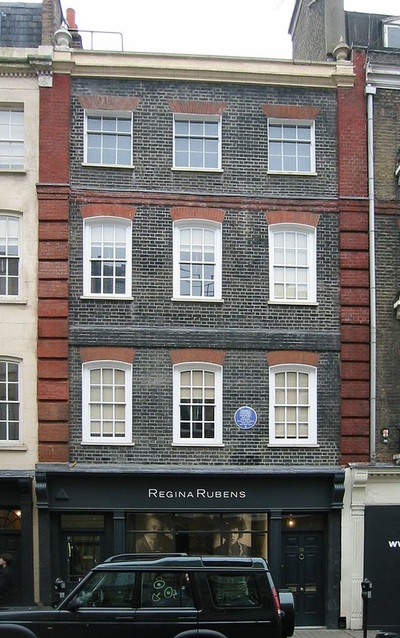
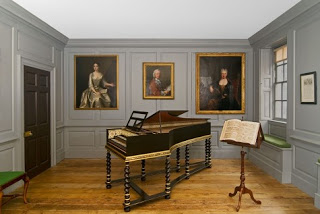
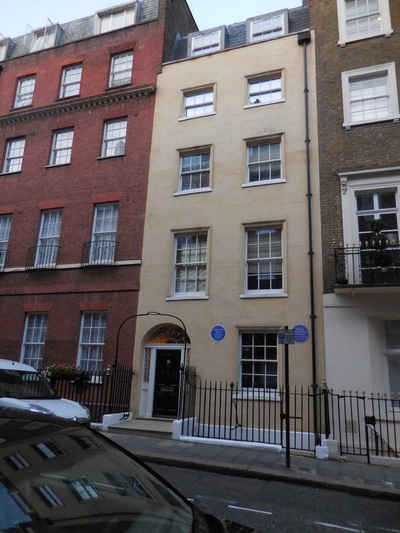
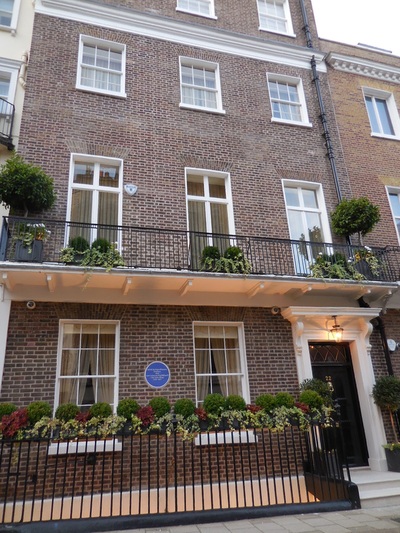
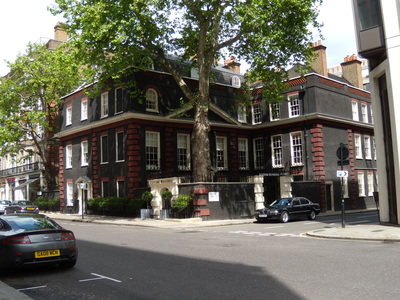
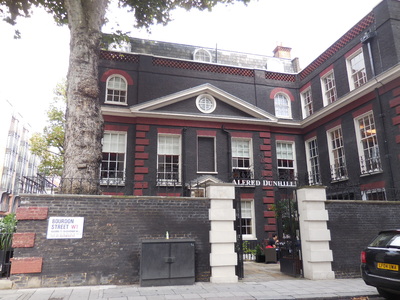
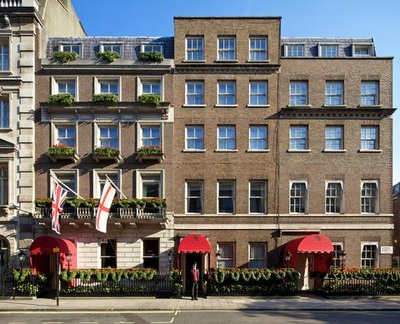
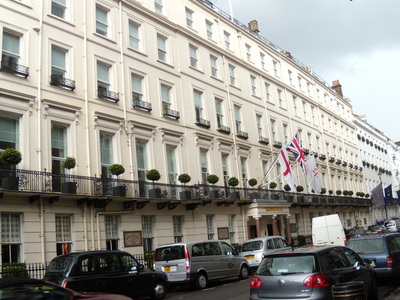
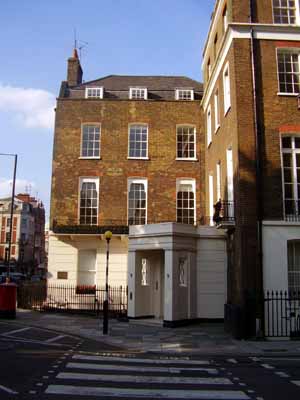
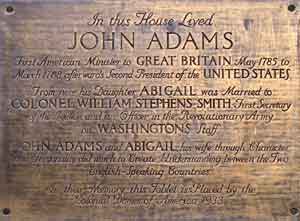
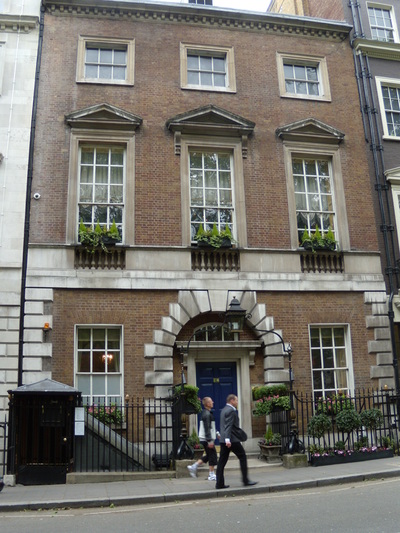
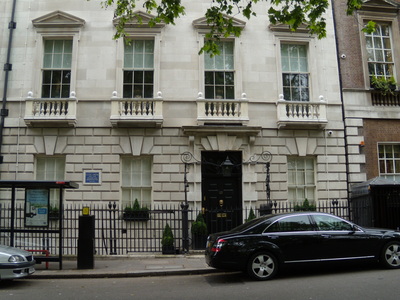
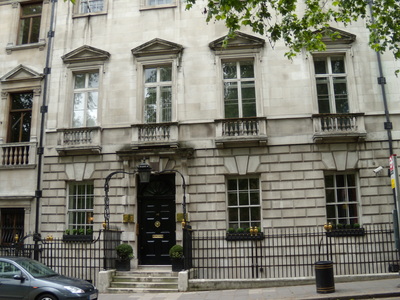
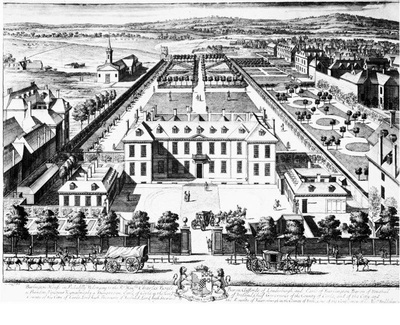
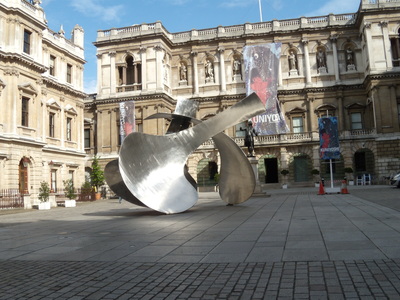
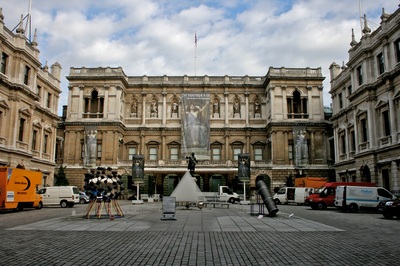
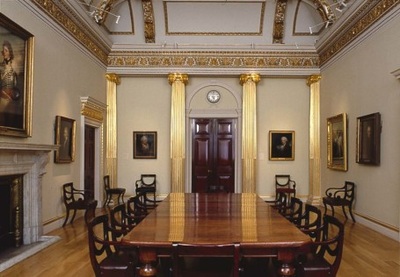
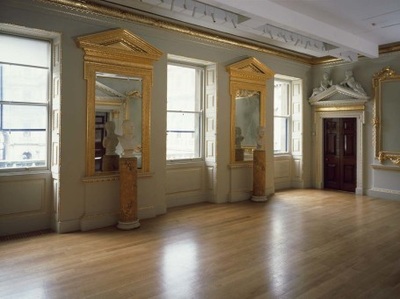
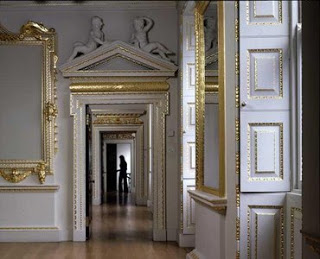
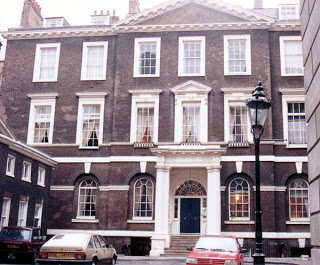
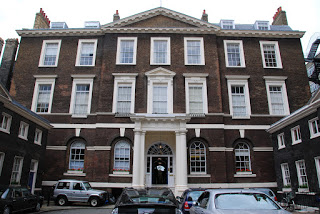
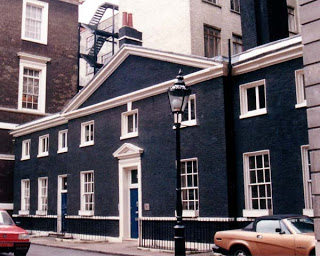
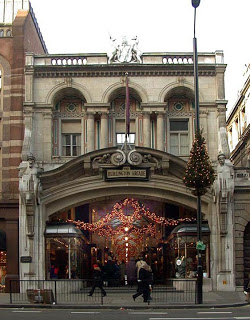
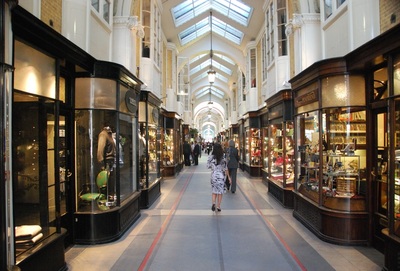
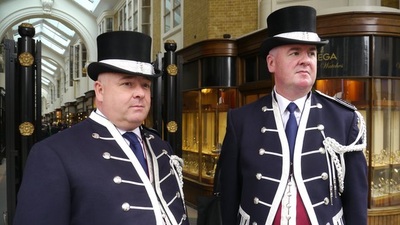
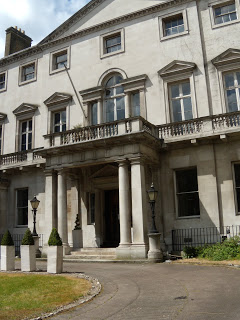
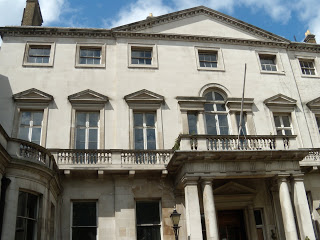
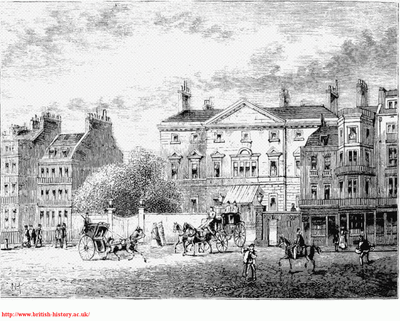
 RSS Feed
RSS Feed